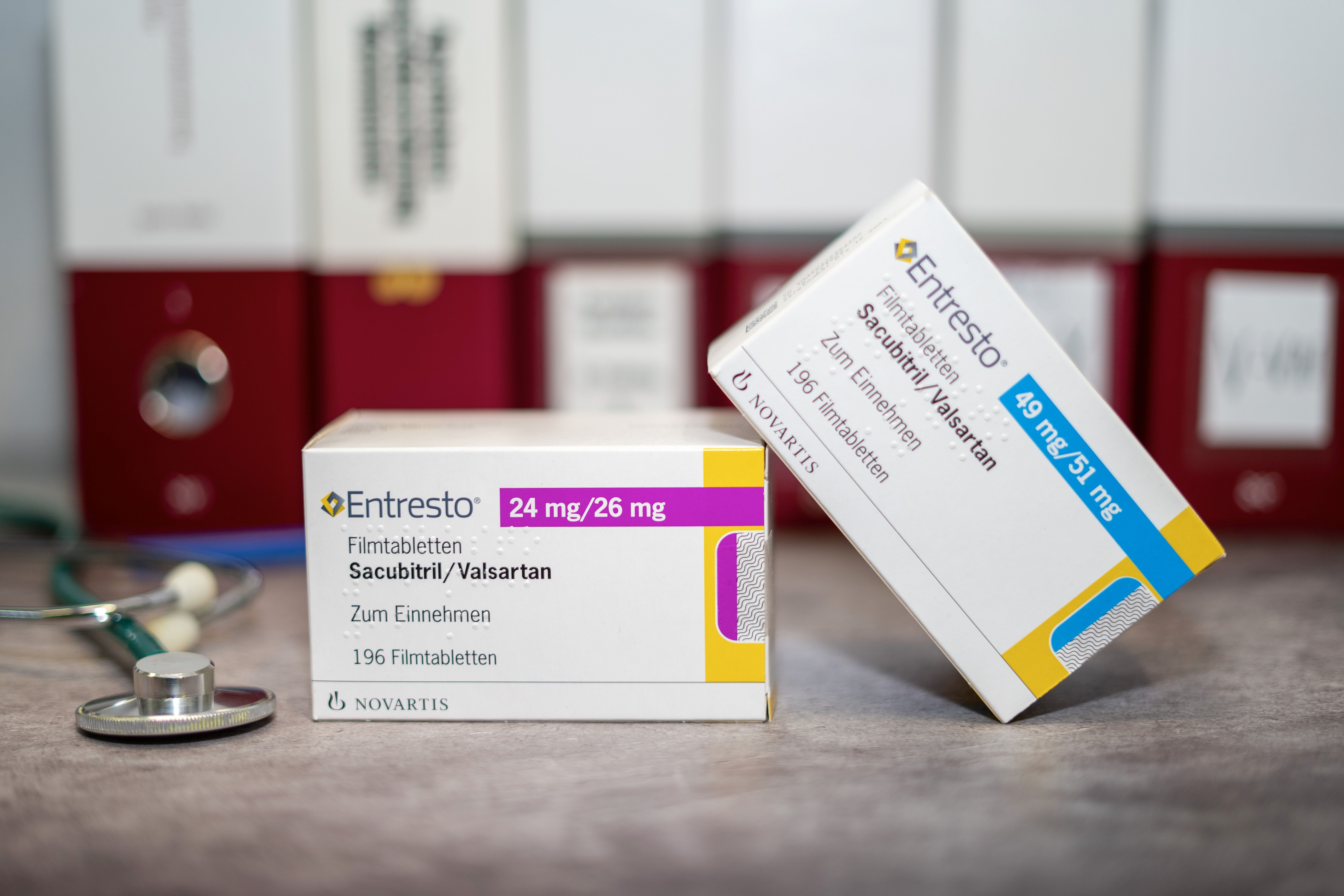- Center on Health Equity & Access
- Clinical
- Health Care Cost
- Health Care Delivery
- Insurance
- Policy
- Technology
- Value-Based Care
Sacubitril/Valsartan Reduces Natriuretic Peptide Levels, Improves QOL in Patients With HFpEF
The improvement in quality of life (QOL) seen with use of sacubitril/valsartan for heart failure with preserved ejection fraction (HFpEF) could potentially result in more favorable clinical results.
Sacubitril/valsartan was shown to reduce natriuretic peptide levels in and enhance the well-being of individuals with heart failure with preserved ejection fraction (HFpEF) in a pooled analysis published in Current Problems in Cardiology.
This improvement in quality of life (QOL) could potentially result in more favorable clinical results, as evidenced by a notable tendency toward better outcomes in key HF measures following use of the angiotensin receptor-neprilysin inhibitor (ARNI).
The authors conducted a search in the MEDLINE database spanning from its inception to the final week of May 2023 to identify randomized controlled trials (RCTs) that examined the impact of sacubitril/valsartan on patients with HFpEF. The meta-analysis of RCTs included 4 studies with a total of 8129 participants. Data for continuous outcomes were combined using either geometric mean ratio (gMR) or weighted mean difference (WMD), and data for binary outcomes were combined using risk ratios (RRs). All results had a 95% CI.
When compared with the control group, sacubitril/valsartan was associated with a decrease in NT-proBNP levels (gMR, 0.84; 0.80-0.88) and an enhancement in Kansas City Cardiomyopathy Questionnaire (KCCQ) score (WMD, 0.85; 0.02-1.67).
Sacubitril/valsartan treatment was also associated with improvements in the following areas:
- HF hospitalization (RR, 0.90; 0.79-1.01)
- Cardiovascular mortality (RR, 0.83; 0.52-1.32)
- All-cause mortality (RR, 0.99; 0.86-1.13)
- Improvements in New York Heart Association (NYHA) class (RR, 1.15; 0.93-1.42)
- Lower risk of deteriorations in NYHA class (RR, 0.92; 0.78-1.09)
While the differences in those 5 areas did not reach statistical significance, they align with results of the large-scale PARAGON-HF trial and are similar to those of the PARAGLIDE-HF trial.
Entresto box | Image Credit: omar – stock.adobe.com

“By considering these findings together, it becomes evident that ARNIs are likely to be more effective than ARB [angiotensin receptor blocker] alone in treating patients with HFpEF, regardless of the setting of care, be it a clinic or a hospital,” the authors said.
Further, treatment with sacubitril/valsartan demonstrated a generally favorable safety profile, and patients who received the treatment were less likely to experience a reduction in estimated glomerular filtration rate (eGFR) of 50% or more compared with the control group (RR, 0.60; 0.39-0.92).
Up to this point in time, RCTs have not yielded any evidence indicating that ARNIs have a significant impact on QOL. In the PARAMOUNT-HF trial, the use of sacubitril/valsartan showed no discernible effect on KCCQ scores following 12 weeks of treatment. Similarly, the PARALLAX study found no substantial difference in KCCQ scores between the sacubitril/valsartan (12.3 points) and control (11.8 points) groups at 24 weeks (P = .28). In the PARAGON-HF trial, both the sacubitril/valsartan and valsartan alone groups experienced reductions in total KCCQ scores after 34 weeks of treatment, with average declines of 1.6 points and 2.6 points, respectively.
In contrast, the combined analysis of the PARALLAX-HF and PARAGON-HF trials revealed a notable benefit of sacubitril/valsartan on KCCQ score. It is important to note that KCCQ data from the PARAMOUNT-HF trial were not accessible for inclusion in this analysis. Additionally, while the treatment's effect on KCCQ health status in the present analysis may appear modest at 0.85 points, it should be emphasized that a change of 5 points—signifying a clinically meaningful shift in KCCQ score—is typically considered significant for individual patients rather than entire populations. Significant differences in KCCQ scores between treatment groups typically range from 10 to 15 points and are generally observed in patients with severe baseline impairments. These distinctions are especially noticeable in unblinded device trials, where patients are aware of receiving active therapy, which may result in an exaggerated perception of the response to the experimental intervention.
The extent of change observed in the current meta-analysis is comparable to that observed in previous successful drug trials for HFpEF, such as the EMPERPOR-Preserved trial, where an improvement of 1 to 2 points was noted with sodium-glucose cotransporter-2 inhibition.
Reference
Mattumpuram J, Maniya MT, Fernandes CAL, et al. Angiotensin-neprilysin inhibition in heart failure with preserved ejection fraction: a meta-analysis of randomized controlled trials. Curr Probl Cardiol. Published online October 21, 2023. doi:10.1016/j.cpcardiol.2023.102167
